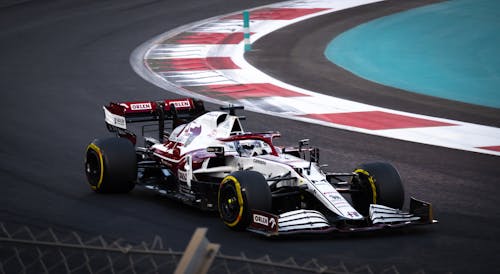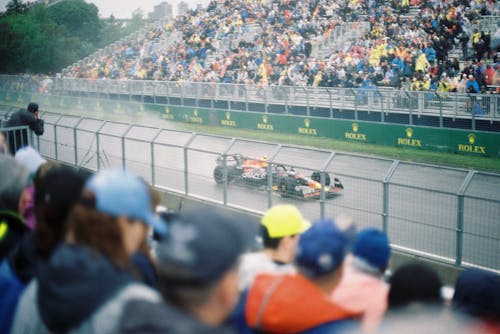The world of motorsport boasts a rich history, and among the most prestigious racing series stand Formula 1 and Formula 2 at the forefront. These series have not only shaped the racing world but also propelled automotive technology and the fascination for high-speed racing across the globe. Let’s take a closer look at their origins and the unique characteristics of the racing cars that define them.
Origins:
The origins of Formula 1 trace back to the 1920s when car racing was deemed one of the most thrilling sports of the time. In the 1940s, the idea of an international racing series began to take shape, one that would bring together the best drivers and manufacturers from around the world. The Fédération Internationale de l’Automobile (FIA) took the lead in establishing the Formula 1 World Championship, which was first contested in 1950.

Formula 2 was launched shortly after World War II as a more affordable alternative to Formula 1. This series aimed to provide talented young drivers with the opportunity to develop their skills and qualify for a transition to Formula 1. F2 also served as a testing ground for new technologies and innovations that would later be adopted in the higher Formula 1 class.
Unique Features of Racing Cars:
Lightweight Construction and Aerodynamics: The racing cars of Formula 1 and Formula 2 are true masterpieces of lightweight construction and aerodynamics. The bodies are primarily made of carbon fiber and aluminum to minimize weight and maximize strength. Every detail of the bodywork is designed to reduce drag and increase downforce, ensuring better grip in corners.

Highly Efficient Engines: The engines in these racing cars are technological marvels. They are extremely powerful and efficient, often equipped with complex systems for fuel injection, turbocharging, and hybrid technology. These engines can deliver astonishing performance by converting immense amounts of energy into kinetic force, accelerating the vehicles to breathtaking speeds.
High-Performance Brakes and Suspension Systems: The brakes and suspension systems in Formula 1 and Formula 2 racing cars are crucial for their performance and safety. The braking systems must be able to handle the enormous kinetic energy of the vehicles and bring them to a safe stop. The suspension systems are designed to provide optimal grip and driving stability in all situations, especially in fast corners and at high speeds.

Electronic Control Systems: Modern racing cars are equipped with a variety of electronic control systems that can monitor and optimize every aspect of the vehicle. From engine performance to traction control, these systems are controlled by sophisticated software that helps drivers get the most out of their vehicles without exceeding the limits of physics.
Formula 1 and Formula 2 are not just sporting events but also showcases for technological innovations and advancements. The racing cars used in these series are the pinnacle of engineering and embody the passion and pursuit of perfection that make motorsport so fascinating.













Discussion about this post